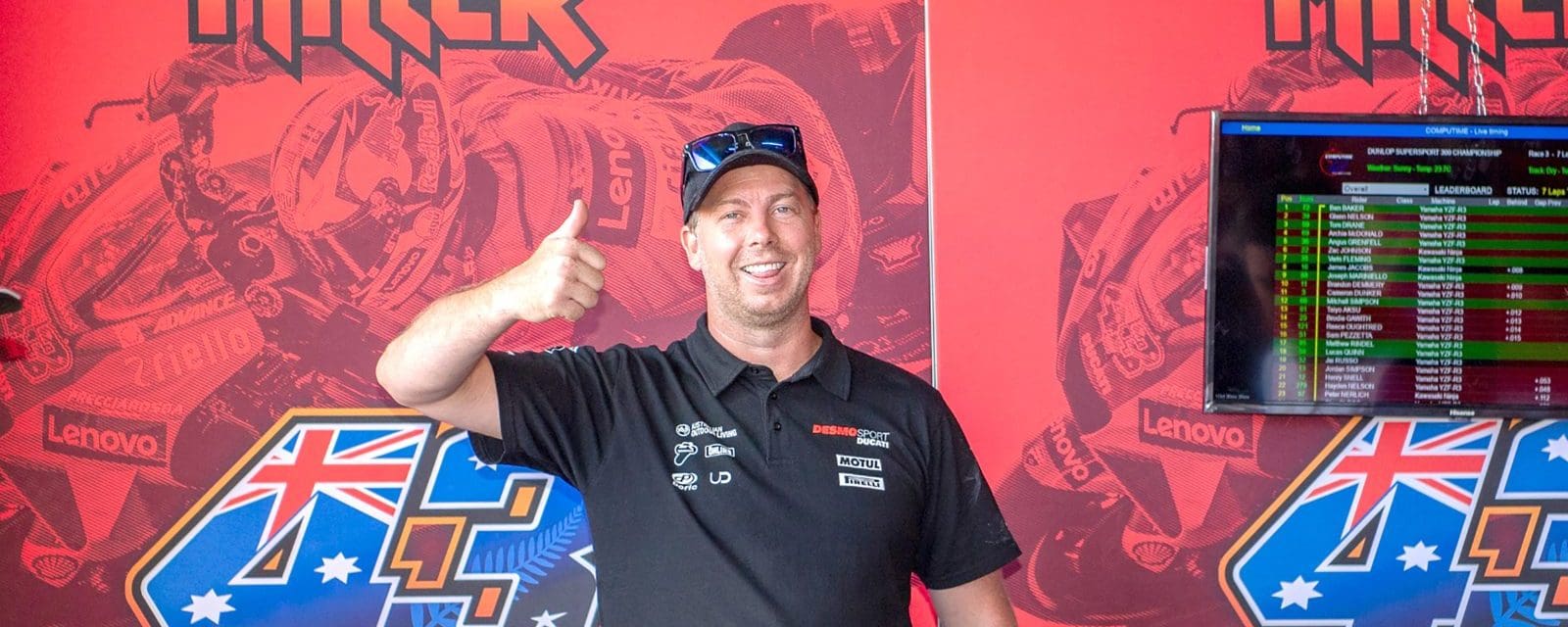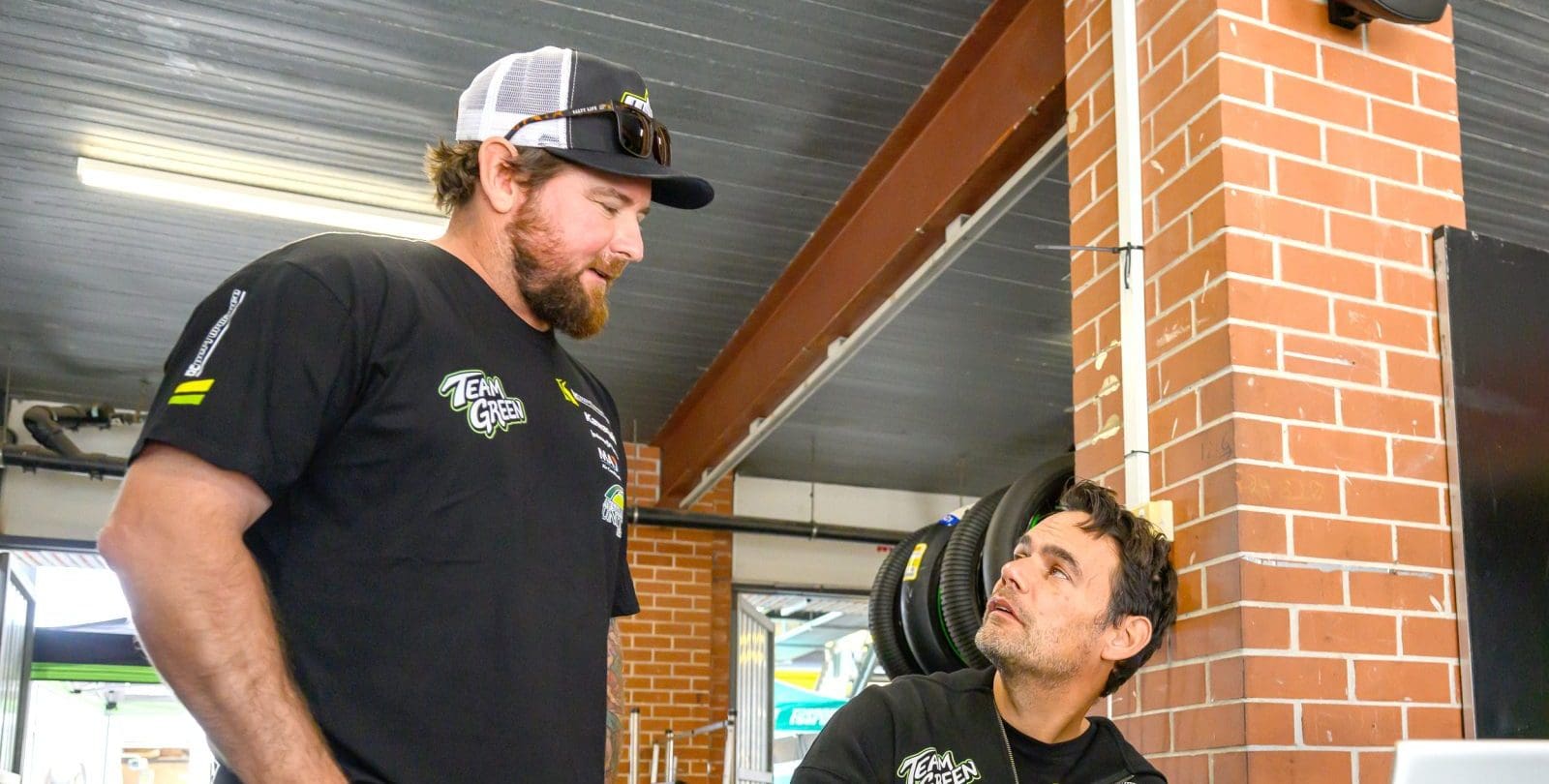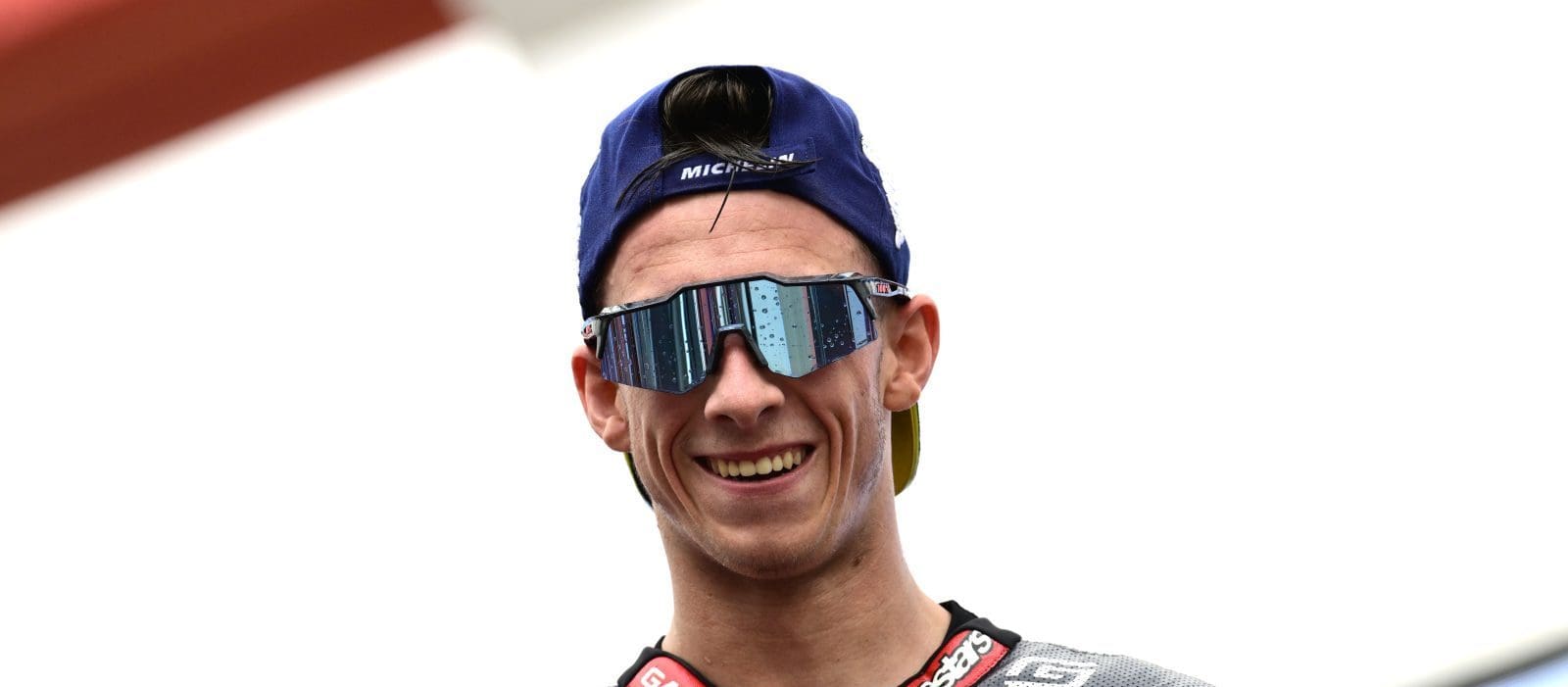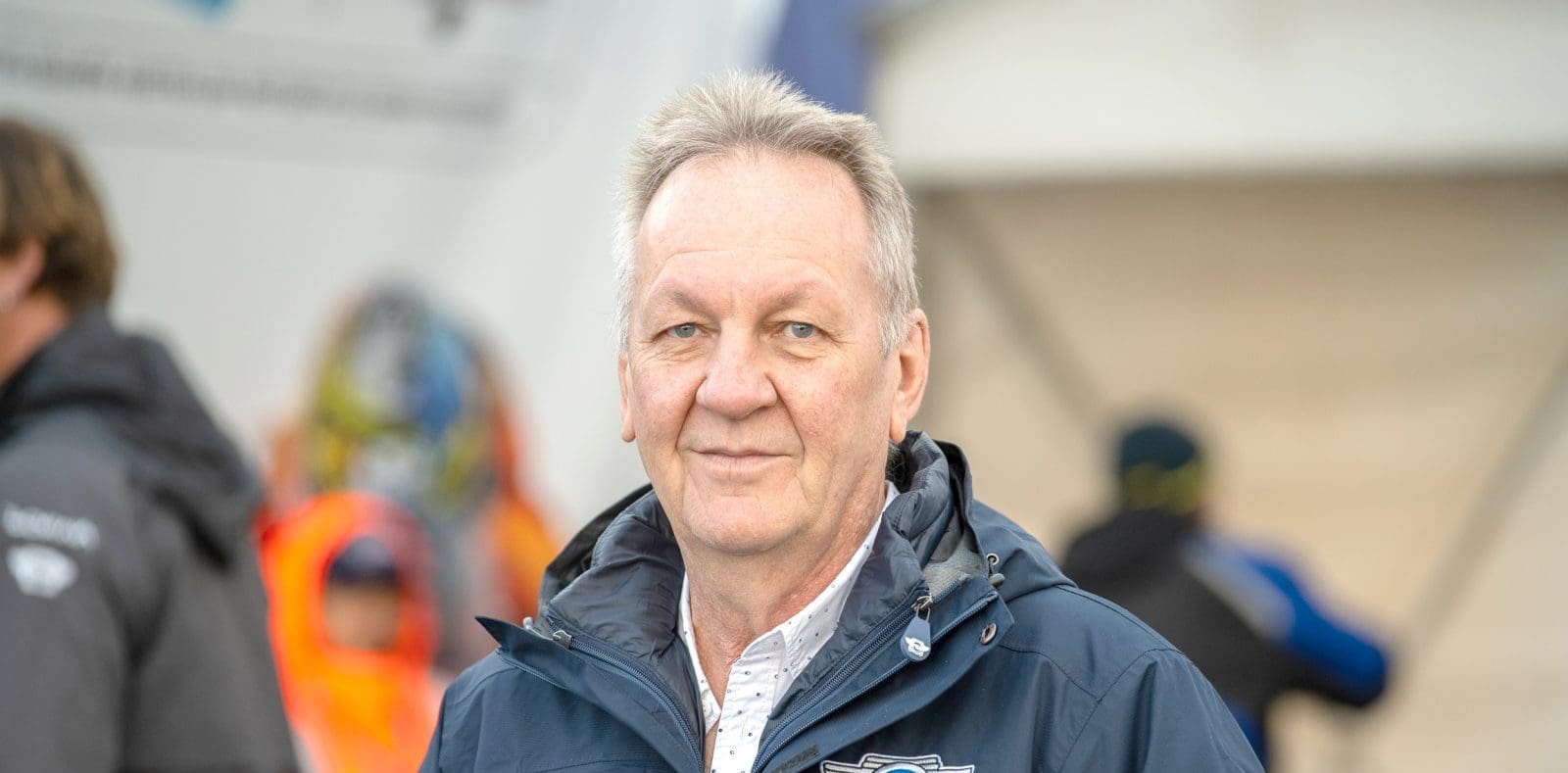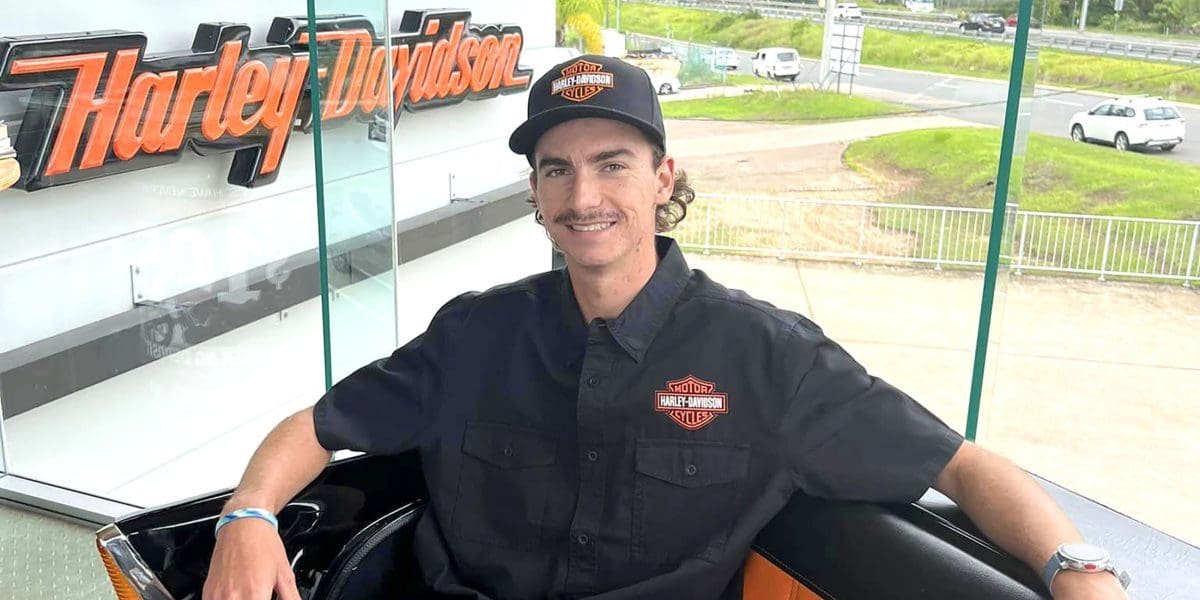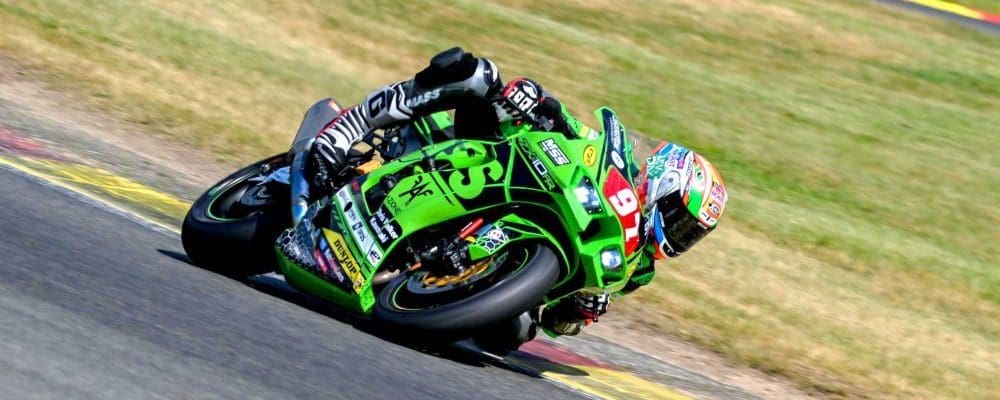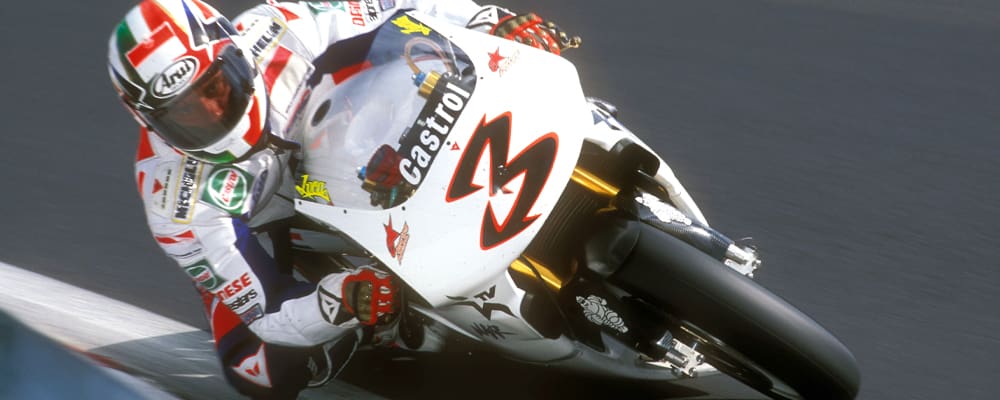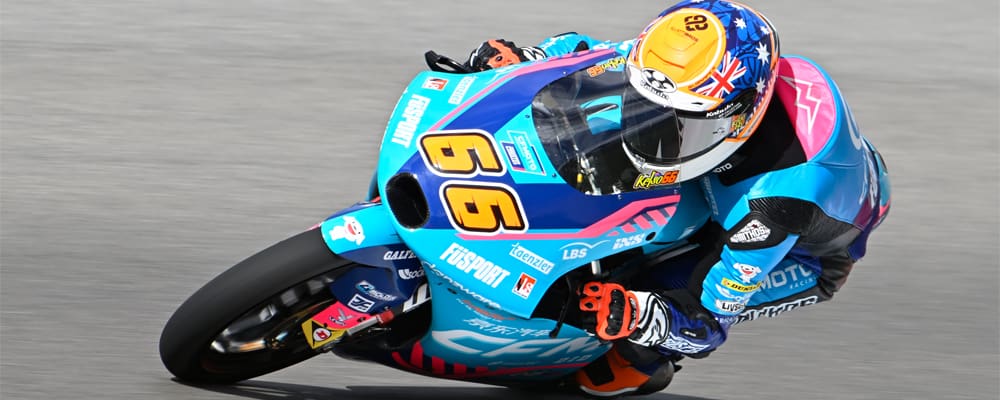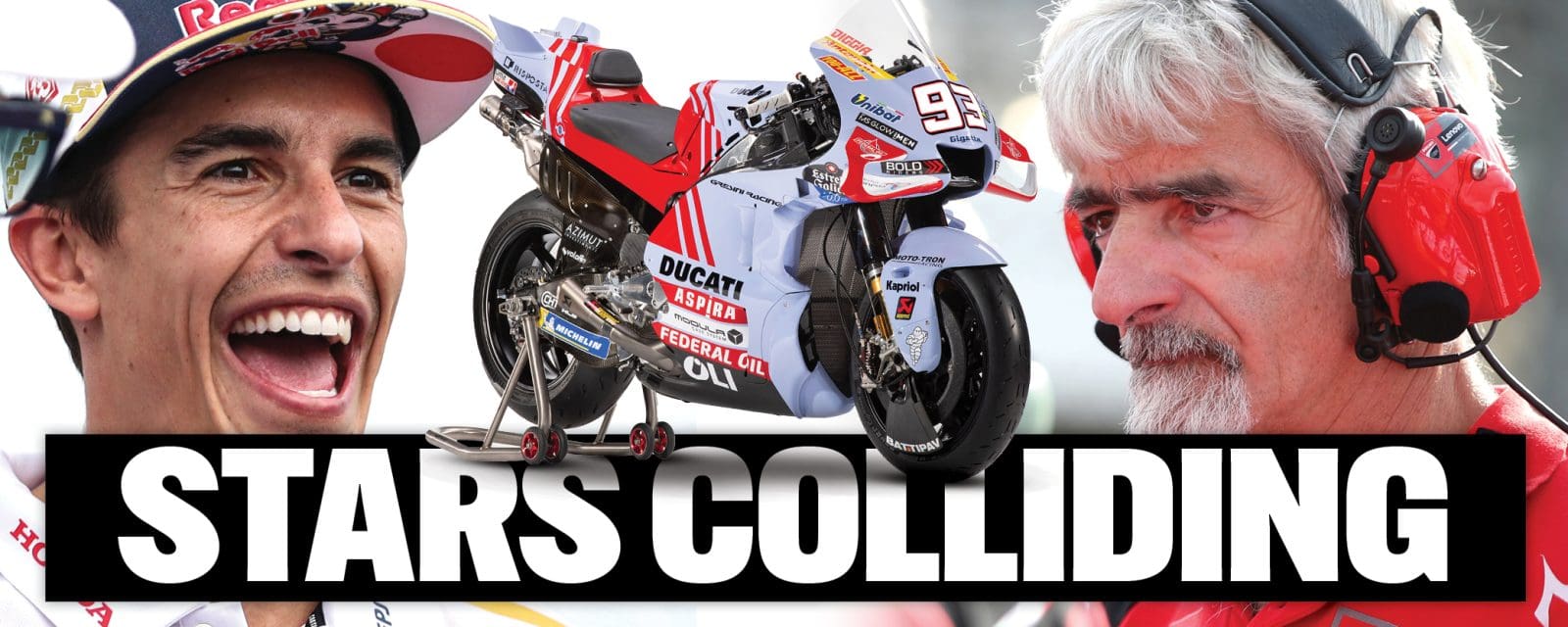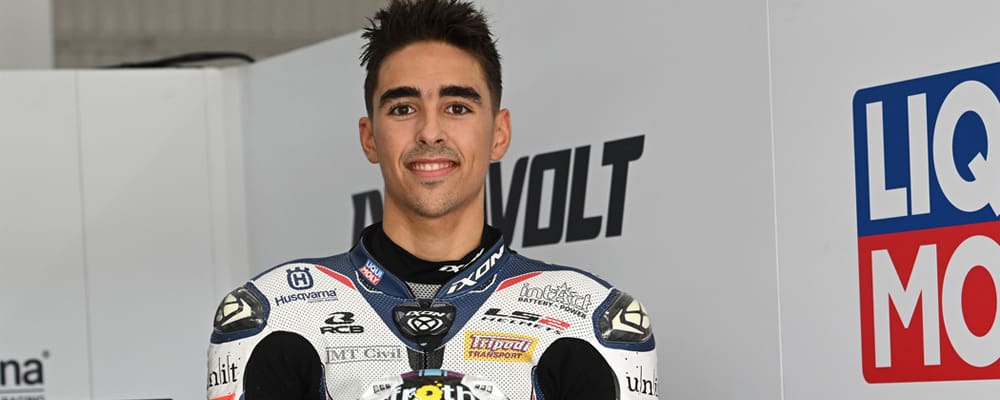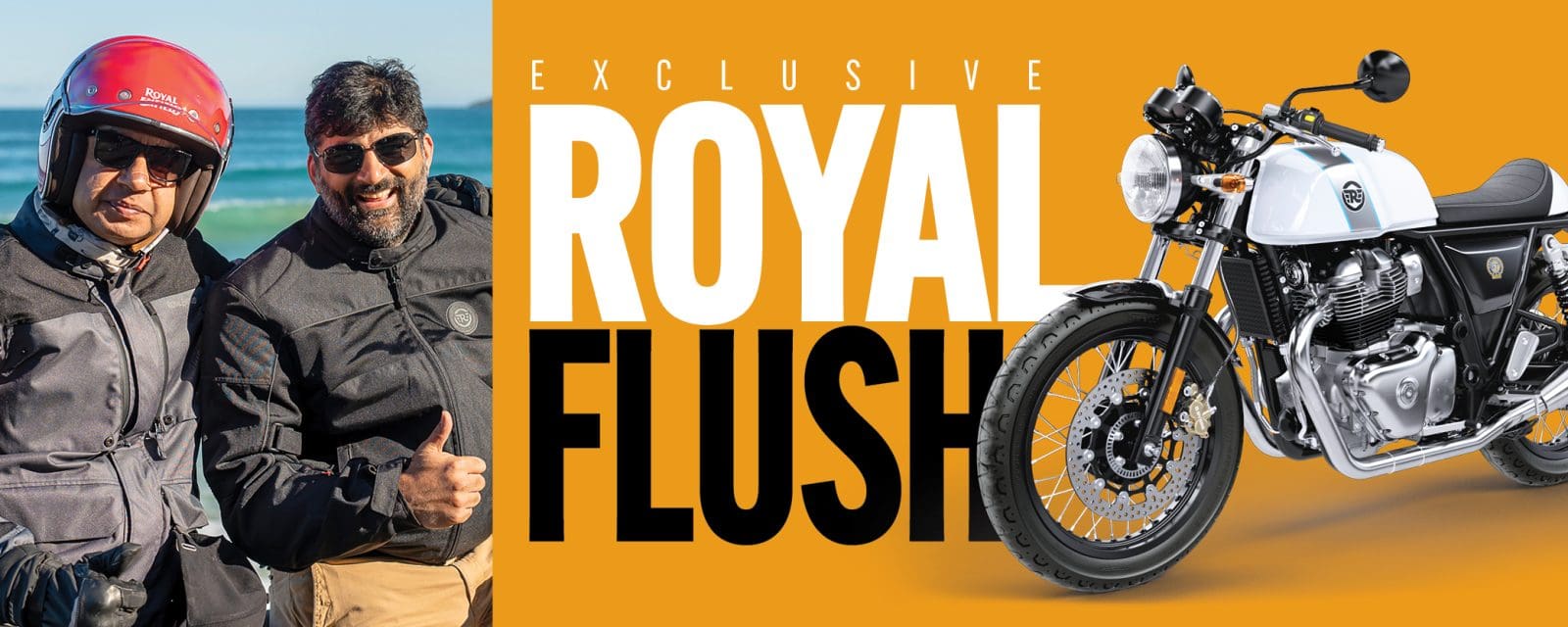The new-for-2023 ASBK SuperTwins Cup class is hanging in the balance, with nine entries required to run at the Queensland Raceway event scheduled for 28-30 April. In the initial press release, it was announced the class would run alongside Supersport, prompting immediate safety concerns.
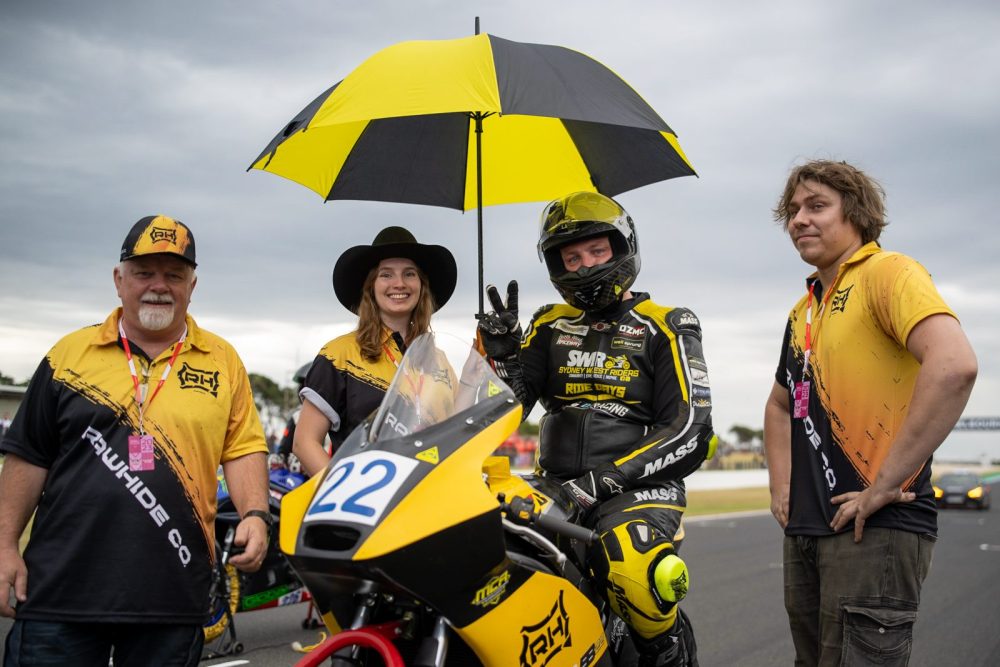
There were also concerns based around cost and the overall benefit of providing a stepping stone between Supersport 300 and Supersport. The class debuted at the opening Phillip Island round in February with only four entries and the performance disparity was largely proven well founded, complicated by a swollen Supersport grid. SuperTwins had to be conducted as a race within a race, with the SuperTwins riders pulling in after five laps. Suzuki SV650-mounted Brian Bolster was one of the inaugural entrants, and he was happy with the way the event unfolded.
“Motorcycling Australia was pretty amicable about finding a solution. We figured we would be lapped about lap six, so we agreed to finish our race at lap five. We all pulled into the pits after five laps and it worked quite well. We love this class and we want to see it succeed, but if there were any safety incidents I think that would be the death knell for SuperTwins.”
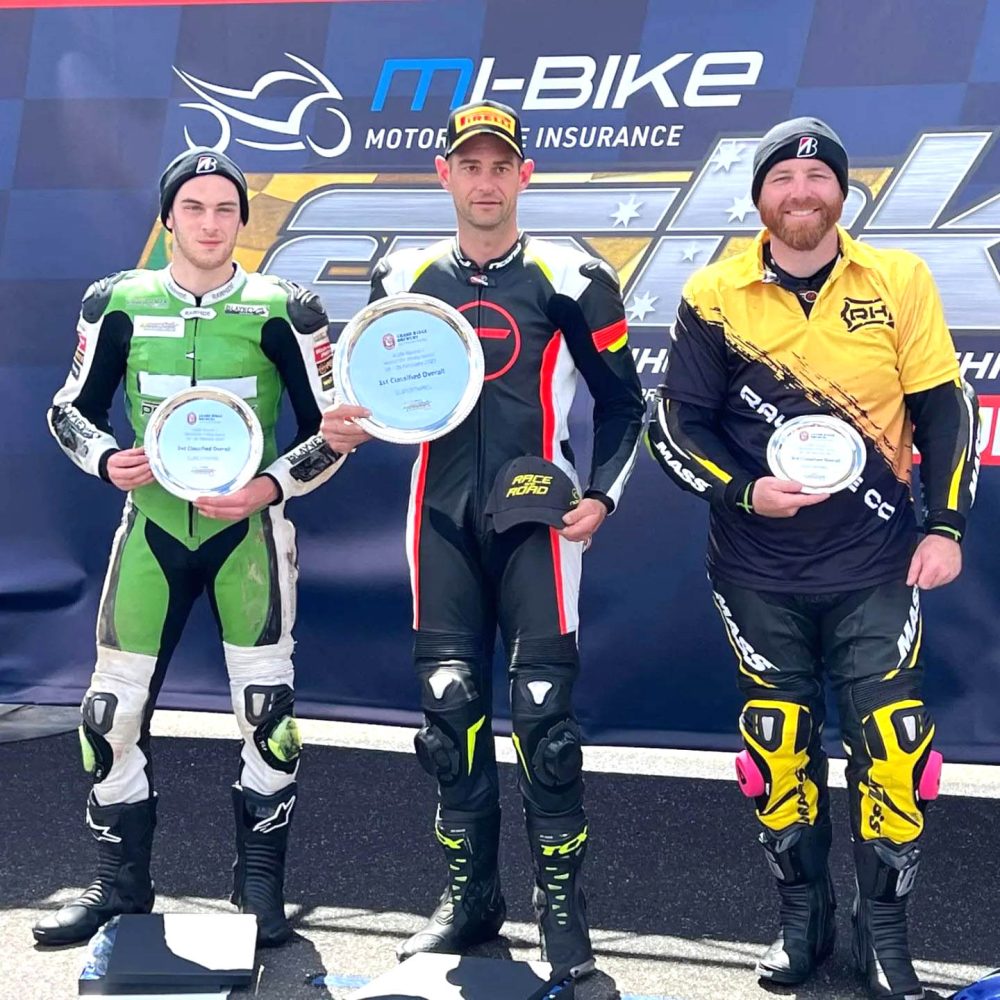
At club level around the country SuperTwins have an almost cult following, with riders salvaging machines at auction for minimal outlay and then fitting aftermarket parts to get them race ready.
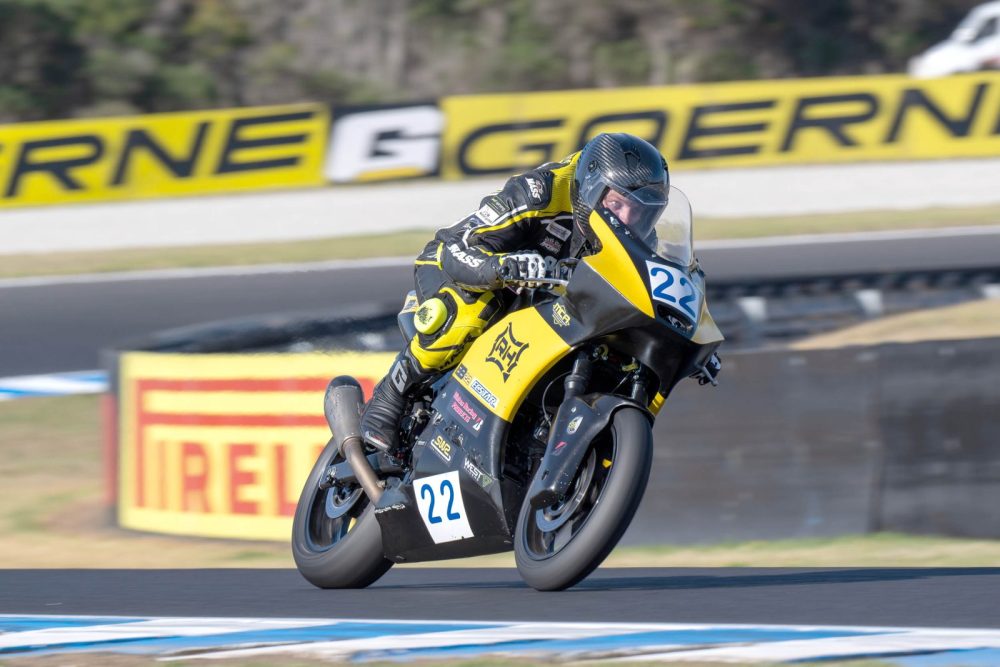
Around the world the midsized twin format is hugely popular both in the showroom and on the track, with grids in the MotoAmerica series regularly exceeding 25 entries. The grid is made up of predominantly serious racers riding either Yamaha YZF-R7s or Aprilia RS660s – with the occasional ‘club’ racer showing up on a SV650 at a local round.
“At club level we lean more towards the American and British rules where you can do front-end swaps, rear wheel swaps, increase the horsepower, that type of thing,” Bolster explained. “Every other major championship in the world is using Twins as a way to bridge the gap between 300 and 600, both performance-wise and cost-wise.”
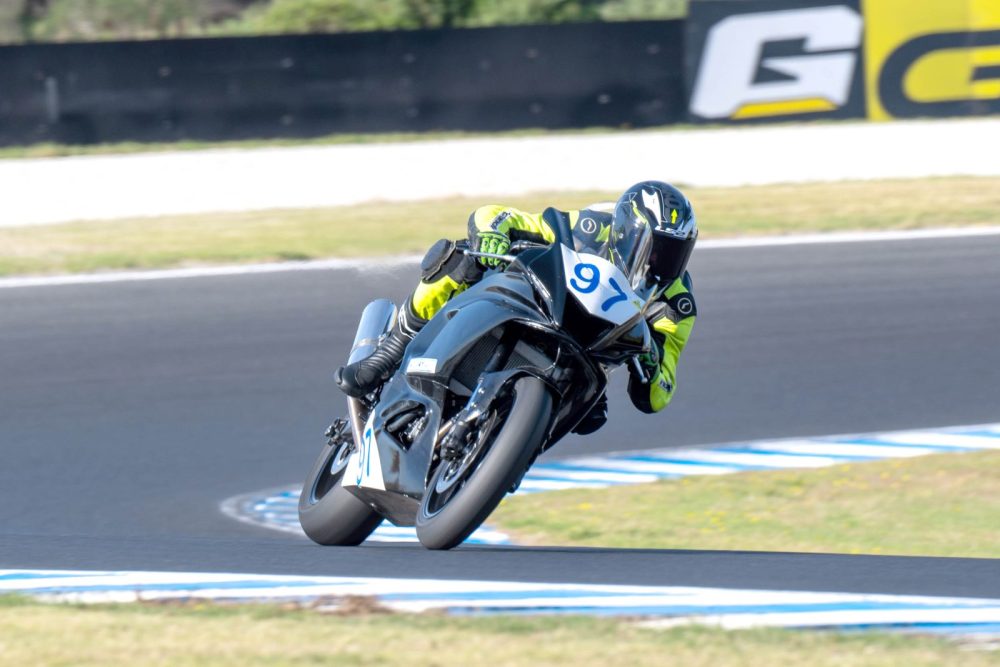
Under ASBK rules there are four machines homologated: the RS660, YZF-R7, SV650 and Kawasaki Ninja 650. The Aprilia is by far the most expensive, requiring approximately $35k to get on the track. It’s also heavily restricted in weight and revs.
This restriction means there is approximately a 7.5kW (10hp) difference between the Aprilia and the Japanese bikes.
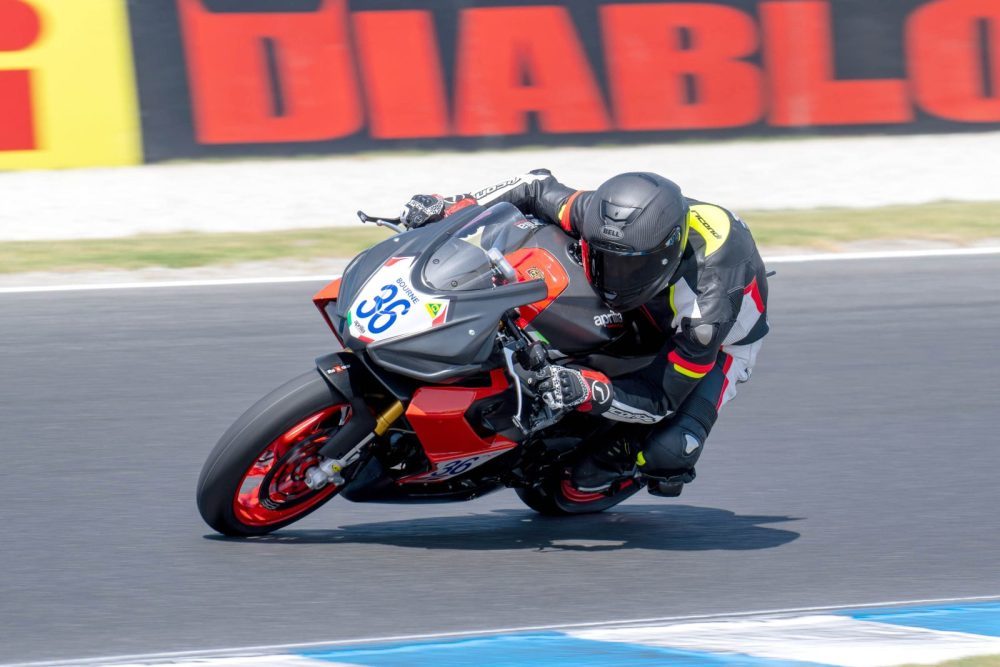
This raises the question: considering the up-front cost, would it be a better option to simply strike out the Aprilia from eligibility if it needs to be restricted so heavily?
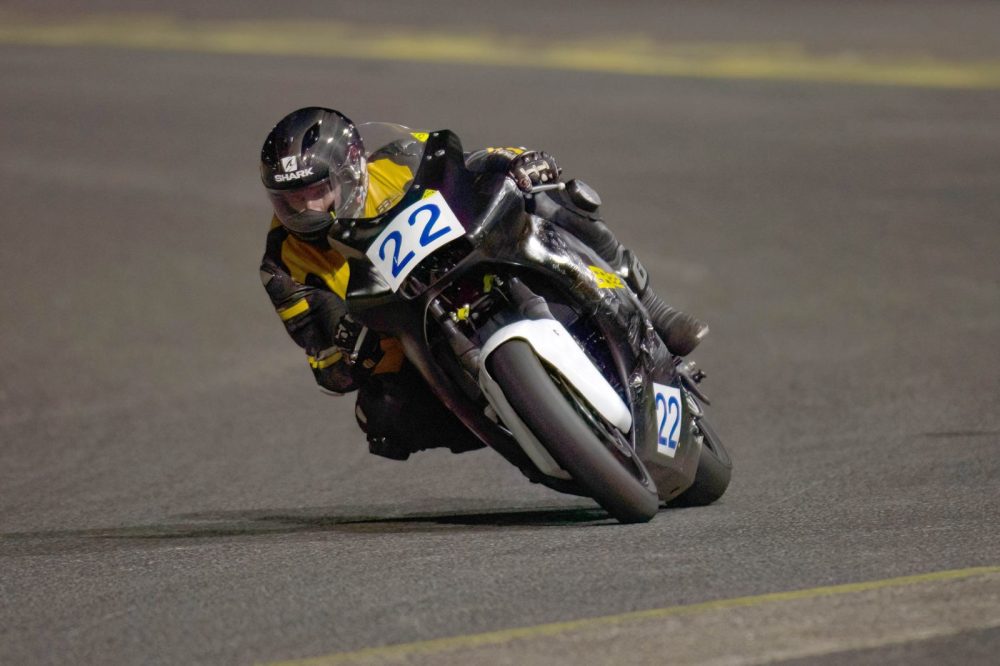
Bolster thinks a good solution is allowing certain modifications to the Japanese bikes to level the horsepower difference, which by his calculations would make a YZF-R7 or an SV650 similar in cost to the Aprilia.
“While it is expensive and you would have to have the work done on your bike, some of us, like me – I’m a Suzuki guy through and through – we can be competitive,” he said. “We would just have to ‘build’ the bikes, like they do in America,” adding that a good balance was required.
“In America you’re allowed expensive wheels and electronics; that’s not needed in my opinion. There just needs to be a working compromise.”
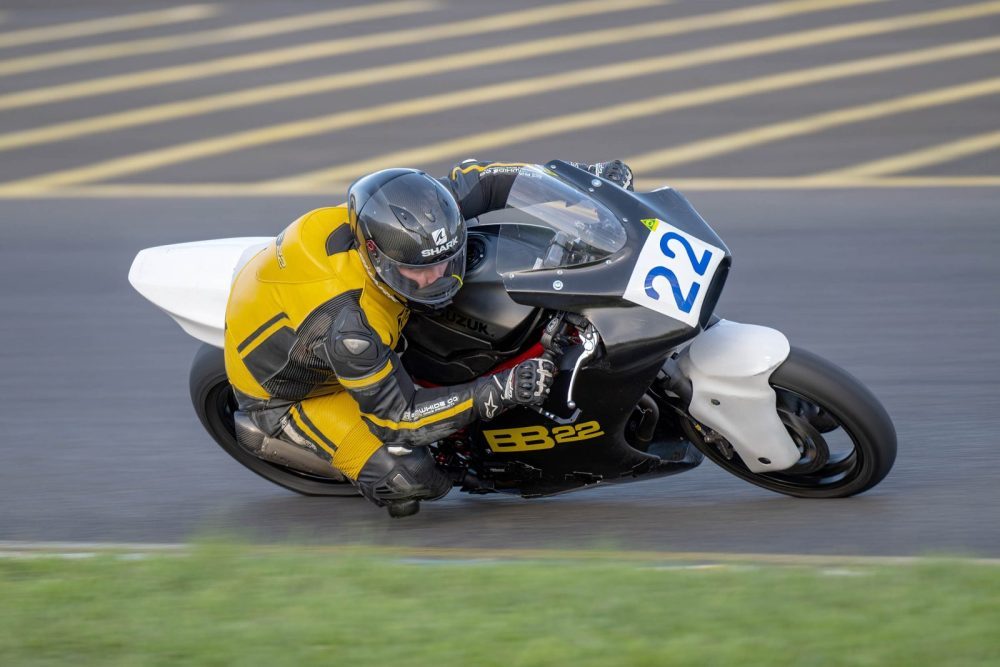
The tighter ASBK machine regulations are seen as a benefit for the long term, but the problem is that the class has to become established in the first place. Interestingly, MotoAmerica promotes its Twins Cup as “a rapidly evolving race class that initially enabled regional and club racers from around the country to step up to the MotoAmerica series and compete on a national level”. And in Europe, the R7 Cup is promoted as “a series and an event in which dad can race alongside his kids, or friends can compete to finally prove who is the fastest.”
The reigning MotoAmerica Twins Cup champion is Aprilia mounted 16-year-old, Blake “Juice Box” Davis.
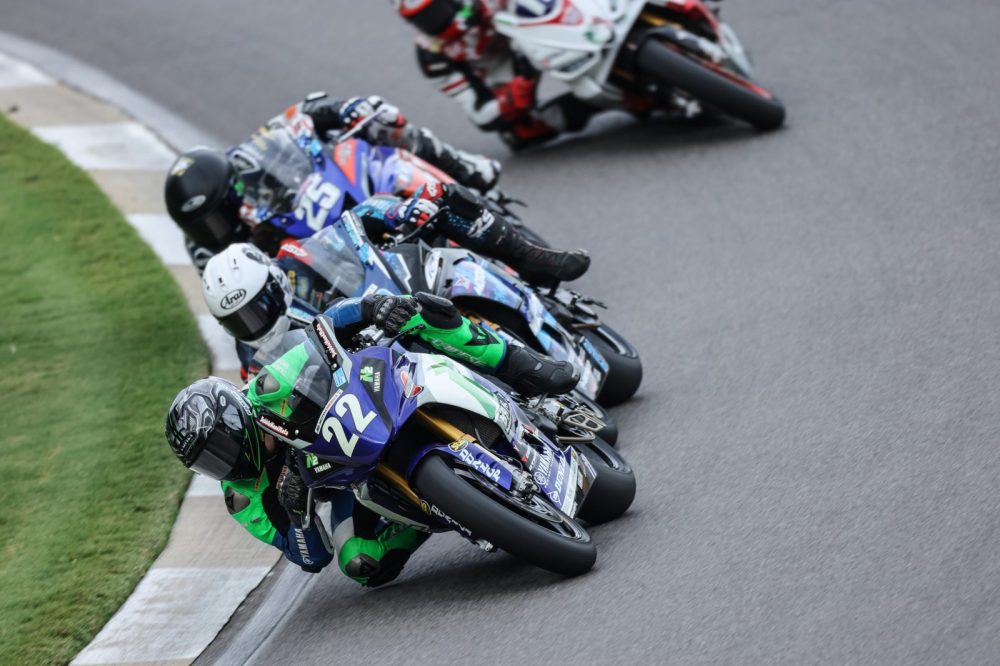
Speaking informally to some of the riders that made the step up to Supersport this year, the general consensus was that jumping from a 300 to a 600 was a perfectly achievable step – and it’s difficult to argue with that view considering the results (Cameron Dunker won in just his fourth Supersport race). Reading between the lines, it also means none of the young racers progressing from Supersport 300 saw an opportunity or viable benefit from winning the ASBK SuperTwins Cup.

It all amounts to an interesting conundrum: how does Motorcycling Australia set a formula that attracts competitors while keeping the standard worthy of a national class?
Hopefully we will see the numbers at Queensland Raceway and devotees like Bolster can help find a solution.
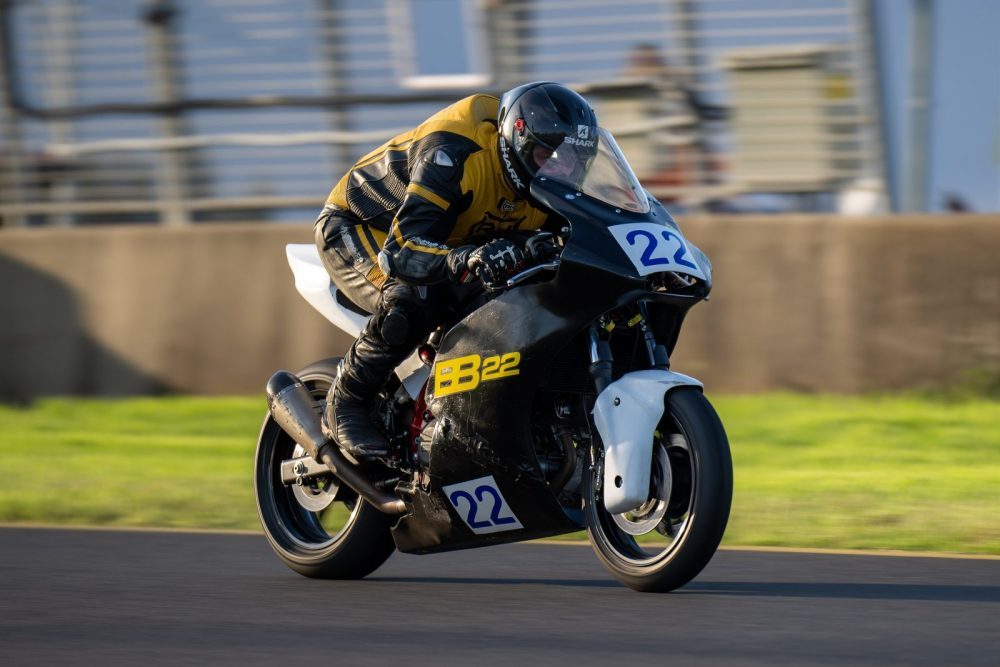
Words Matt O’Connell + Photography Rob Mott
